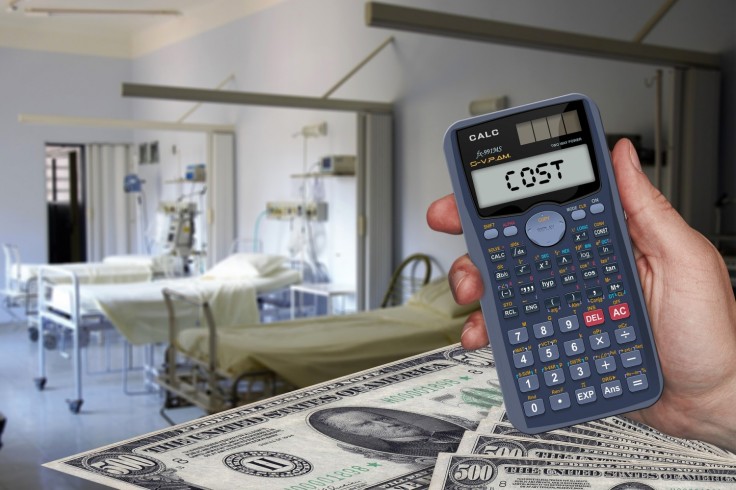
As business has become incorporated into medicine in the U.S., prices for healthcare and life-saving drugs and treatments have skyrocketed. Healthcare spending in the U.S. has accounted for 18% of GDP - especially compared to other countries, who have an average of between 8% to 9% of GDP spent on healthcare, healthcare spending in the U.S. is at a huge amount. Healthcare is still increasing in price - from 2007 to 2014, those with health insurance saw a 20% increase on health spending per year on average. Vital prescriptions that can and have saved lives are increasing in price by hundreds or even thousands of dollars. The EpiPen, from just 2009 to 2016, saw the price increase from $100 to an astounding $600 and from just 2012 to 2016, insulin shot prices rose by over $2,500 each year. The cost of hospitalization is also on the rise - from 2007 to 2014, the price of being admitted to a hospital increased by 42%, hospital-based outpatient costs rose by 25%, and the cost of physician visits grew by 6%.
Because of the exorbitant prices of healthcare in the U.S., Americans are much more likely to ignore medical advice. Compared to Canadians, Americans are 2 to 3 times more likely to ignore medical advice due to cost. Even the Americans who are seeking out medical care aren't always following through. In 2019, insurance companies denied 26% of Texans claims, including doctor-ordered medicines, procedures, tests, and scans.
Learn more about how the cost of refusing health care can cost more than money and how businesses are helping the COVID-19 effort here.
Source: Social Work Degree Center